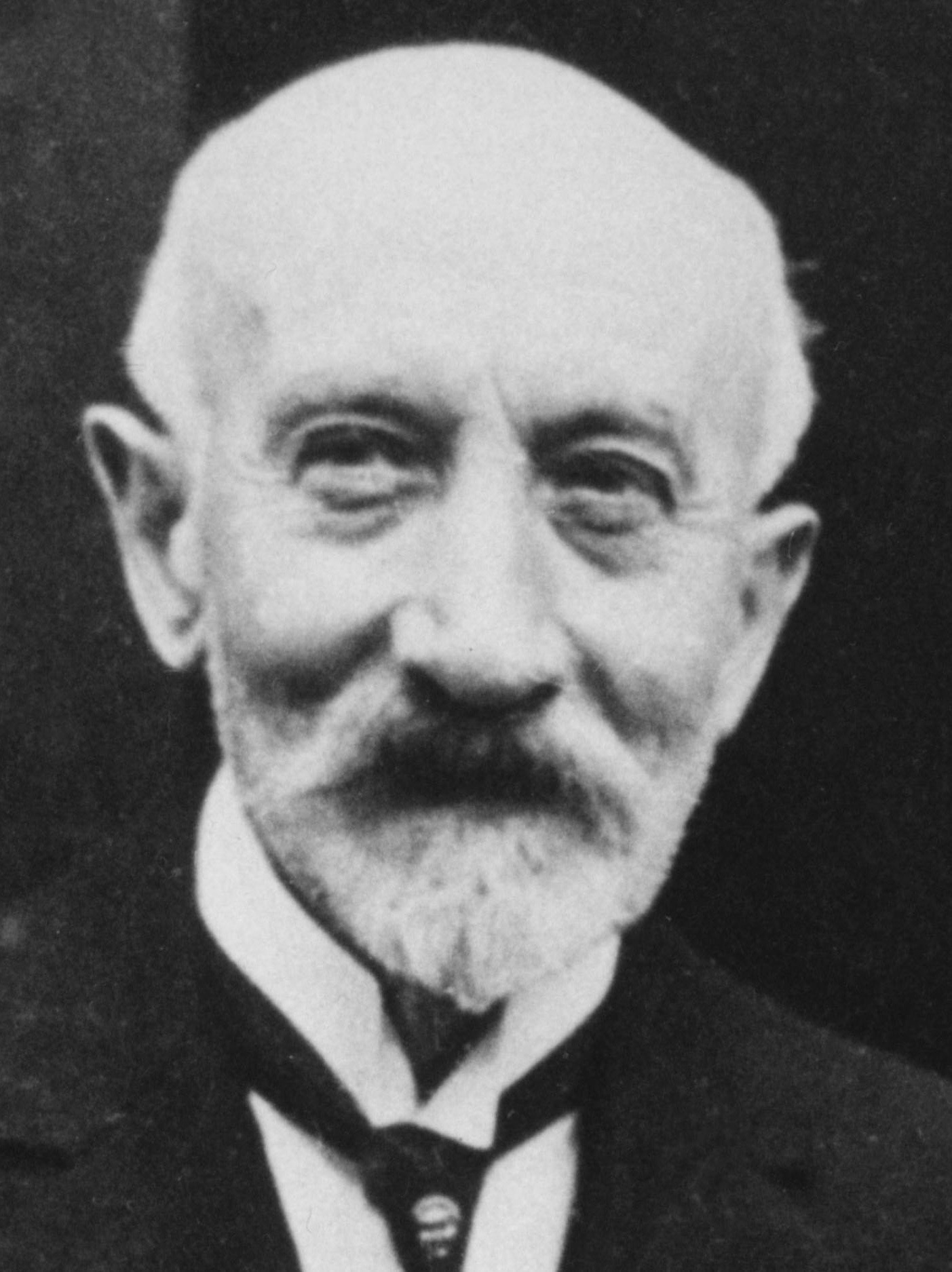Georges Méliès
Marie-Georges-Jean Méliès (8 December 1861 – 21 January 1938), was a French illusionist and film director who led many technical and narrative developments in the earliest days of cinema. Méliès was well-known for the use of special effects, popularizing such techniques as substitution splices, multiple exposures, time-lapse photography, dissolves, and hand-painted colour. He was also one of the first filmmakers to use storyboards. His films include A Trip to the Moon (1902) and The Impossible Voyage (1904), both involving strange, surreal journeys somewhat in the style of Jules Verne, and are considered among the most important early science fiction films, though their approach is closer to fantasy.
Georges was born 8 December 1861 in Paris, son of Jean-Louis-Stanislas Méliès and his Dutch wife, Johannah-Catherine Schuering. His father had moved to Paris in 1843 as a journeyman shoemaker and began working at a boot factory, where he met Méliès’ mother. Johannah-Catherine’s father had been the official bootmaker of the Dutch court before a fire ruined his business. She helped to educate Jean-Louis-Stanislas. Eventually the two married, founded a high-quality boot factory on the Boulevard Saint-Martin, and had sons Henri and Gaston; by the time their third son Georges, had been born, the family had become wealthy.
